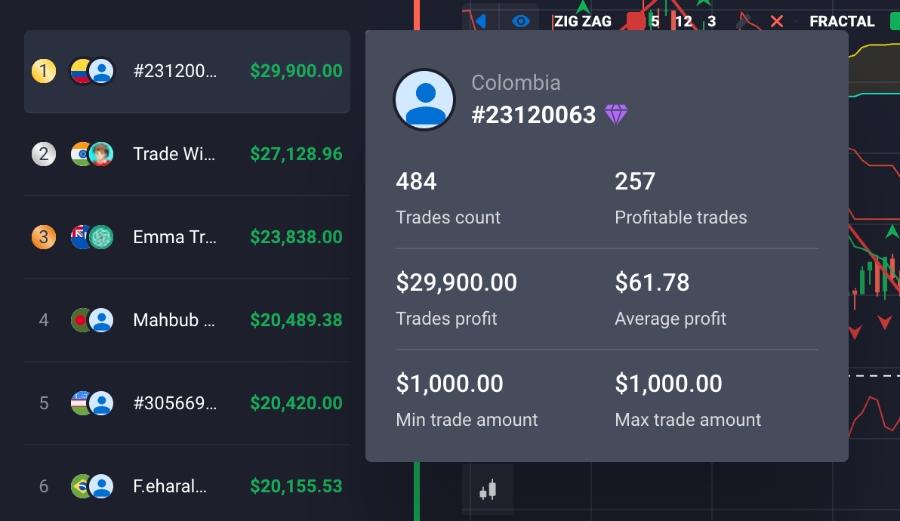Rolling out Oracle ERP Cloud implementation is more than just a technical migration; it’s a strategic shift toward streamlined operations, better decision-making, and scalable growth. From automating core processes to providing real-time insights and improving compliance, Oracle ERP Cloud can unlock a new level of business agility. But to truly harness the platform’s potential, you need more than just software, you need a well-orchestrated process that aligns with your organization’s specific goals and ecosystem.
This blog breaks down each step involved in implementing and integrating Oracle ERP Cloud, guiding businesses across the USA toward success with clarity and precision.
Whether you’re planning your first rollout or refining an ongoing deployment, the structured process below can serve as your go-to reference. Let’s dive into the phases, challenges, and proven practices that can transform your Oracle ERP journey into a long-term success story.
Why Oracle ERP Cloud?
Oracle ERP Cloud is trusted globally for offering a suite of business applications that streamline finance, procurement, project management, and more. The platform’s real-time analytics, AI-powered automation, and seamless scalability make it ideal for modern enterprises.
But successful implementation depends on clarity, planning, and disciplined execution. Below, we walk you through the full Oracle ERP implementation steps to ensure you achieve measurable outcomes.
Phase 1: Discovery and Planning
This initial phase lays the groundwork by assessing business needs, current processes, and aligning stakeholders to define clear objectives for the Oracle ERP Cloud implementation.
Goals:
- Define project scope and objectives.
- Build the core ERP team and stakeholders.
- Conduct gap analysis and requirement gathering.
Key Actions:
- Identify business processes to be transformed.
- Map existing systems and integrations.
- Create a high-level Oracle ERP rollout plan.
This phase is foundational. Skipping proper planning often leads to cost overruns and misalignment between business needs and system capabilities.
Phase 2: Solution Design and Architecture
This phase lays the foundation by aligning technical architecture with business goals, ensuring the Oracle ERP Cloud solution is scalable, secure, and optimized for your enterprise environment.
Goals:
- Design a tailored ERP system aligned with business goals.
- Define system configurations, user roles, and data structures.
Key Actions:
- Document business process flows.
- Choose necessary modules (Finance, SCM, HCM, etc.).
- Prepare integration points for legacy and third-party apps.
This is where Oracle ERP Cloud integration in USA becomes critical. Many businesses use hybrid environments, so identifying all integration touchpoints early prevents surprises later.
Phase 3: Data Migration Strategy
This stage ensures that critical business data is accurately transferred from legacy systems into Oracle ERP Cloud without loss, duplication, or integrity issues.
Goals:
- Plan and execute secure data transition from legacy systems.
- Ensure data accuracy, compliance, and format alignment.
Key Actions:
- Classify data (master, transactional, historical).
- Use ETL tools to clean and map data.
- Conduct test migrations in a sandbox.
Data migration is one of the most error-prone stages. Create rigorous validation checklists and iterate.
Phase 4: Configuration and Development
This phase transforms planning into tangible system functionality, where configurations and custom developments take shape.
Goals:
- Configure the ERP modules as per business requirements.
- Develop custom features or reports, if needed.
Key Actions:
- Leverage Oracle Cloud tools for configuration.
- Enable workflows, notifications, and approvals.
- Begin development of APIs for custom Oracle ERP Cloud integration.
Avoid unnecessary customizations. The more vanilla the configuration, the easier your future upgrades will be.
Phase 5: Testing and Quality Assurance
Before your Oracle ERP Cloud system goes live, thorough testing and QA ensure everything runs as intended and meets business expectations.
Goals:
- Ensure the ERP system functions as intended before going live.
Types of Testing:
- Unit Testing
- Integration Testing
- User Acceptance Testing (UAT)
Key Actions:
- Engage end-users early in UAT.
- Create test scripts for real-life scenarios.
- Monitor system performance and responsiveness.
Never underestimate testing. It’s the final quality checkpoint before adoption.
Phase 6: Training and Change Management
Training and change management are key to ensuring your workforce is equipped and confident to operate within the new ERP environment.
Goals:
- Equip users with the necessary skills to adopt the new system.
- Ensure smooth organizational transition.
Key Actions:
- Prepare role-based training materials.
- Conduct live workshops and self-paced learning sessions.
- Offer go-live support.
A major reason ERP implementations fail isn’t the tech, it’s poor adoption. Communicate early, train well, and build champions across departments.
Phase 7: Go-Live and Deployment
After extensive planning, testing, and training, the go-live marks a significant milestone transitioning from preparation to real-world use of your Oracle ERP Cloud system.
Goals:
- Make the system live with minimal disruption.
Key Actions:
- Freeze configurations.
- Perform final data load.
- Switch from legacy to Oracle ERP Cloud.
Go-lives can be hectic. Use a cutover checklist and assign responsibilities to avoid last-minute confusion.
Phase 8: Post-Go-Live Support and Optimization
The journey doesn’t end once the system goes live in fact, that’s when real transformation begins. Post-go-live support ensures your ERP remains stable, relevant, and continuously aligned with your evolving business needs.
Goals:
- Stabilize system usage and address user feedback.
- Plan for optimization and continuous improvement.
Key Actions:
- Monitor system metrics.
- Fix post-go-live issues promptly.
- Collect feedback and prioritize enhancements.
This is where long-term value is realized. Oracle ERP Cloud is constantly evolving, and so should your implementation.
Key Challenges in Oracle ERP Cloud Implementation
Even with a robust plan in place, Oracle ERP Cloud implementation comes with its own set of hurdles that can derail timelines, inflate budgets, or reduce adoption if not handled proactively.
- Scope Creep: Without a strong scope document, new requirements sneak in mid-way.
- Data Quality: Inconsistent legacy data slows migration.
- Integration Complexities: Overlooked systems and touchpoints can delay timelines.
- User Resistance: Poor change management can impact user buy-in.
Best Practices for a Successful Implementation
Even the most meticulously planned Oracle ERP projects can falter without following implementation best practices. These tried-and-tested tips will help your team stay aligned, minimize disruption, and ensure long-term ROI.
- Start with a Clear Roadmap: Set milestones aligned to the overall Oracle ERP project phases.
- Involve Cross-Functional Teams: Break departmental silos.
- Document Everything: From business processes to test results.
- Don’t Skip Training: User readiness is critical.
- Keep Communication Open: Internal updates help manage expectations.
How to Approach Oracle ERP Cloud Integration in USA?
Integration is the bridge between your ERP and your wider digital ecosystem. Whether it’s Salesforce, third-party logistics, or legacy CRM, planning ahead ensures data consistency and business continuity.
Integration Tips:
- Use Oracle Integration Cloud (OIC) for faster, low-code connectivity.
- Prioritize real-time vs. batch syncs based on business need.
- Implement monitoring dashboards to detect sync failures.
Timeline Overview: Oracle ERP Rollout Plan
Understanding the estimated time commitment for each phase is crucial to managing expectations and aligning internal resources effectively throughout your Oracle ERP journey.
| Phase | Estimated Duration |
| Discovery & Planning | 4-6 weeks |
| Design & Architecture | 6-8 weeks |
| Data Migration Strategy | 3-4 weeks |
| Configuration & Dev | 8-10 weeks |
| Testing & QA | 6-8 weeks |
| Training & Change Mgmt | 4-6 weeks |
| Go-Live & Deployment | 2 weeks |
| Post-Go-Live Optimization | Ongoing |
Total estimated time: 6–9 months depending on complexity.
Creating Value from Your ERP Investment!
Implementing Oracle ERP Cloud is not just a software decision, it’s a business transformation strategy. When done right, it offers real-time visibility, operational excellence, and future-proof scalability.
If you’re looking for expert guidance, SoftArt brings over a decade of experience in executing high-value Oracle ERP Cloud implementation and integrations tailored for U.S. businesses. From designing your rollout plan to post-go-live support, our experts ensure a smooth, value-driven journey.
Talk to SoftArt today to unlock the full potential of Oracle ERP Cloud for your enterprise.
SOFTART’S LIMITED COMPLIMENTARY OFFER
Unlock 20 Free Hours of Expert Oracle ERP Consulting!
Start your Oracle Cloud ERP journey with confidence—strategy, integration, and insights on us. Claim Your Free Oracle Consulting Now – https://softartsolutionsinc.com






